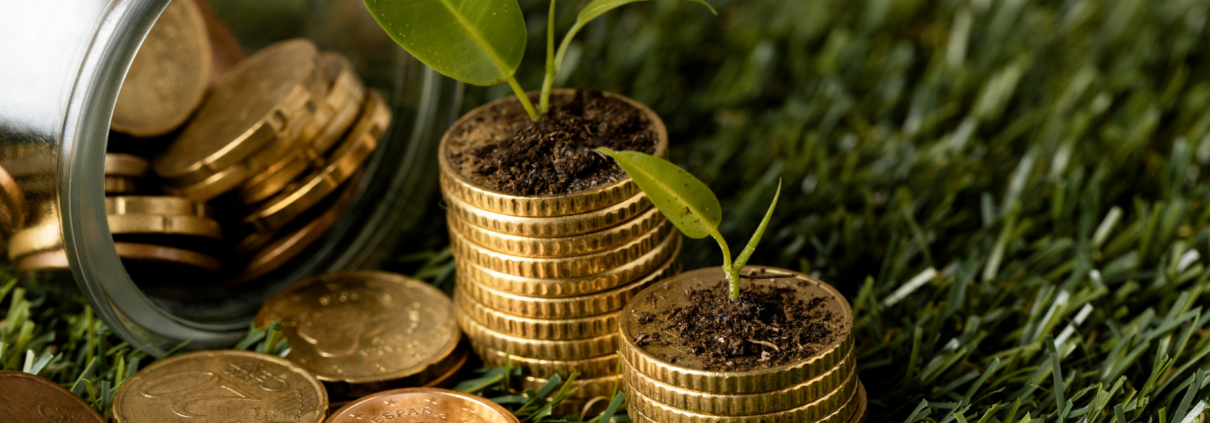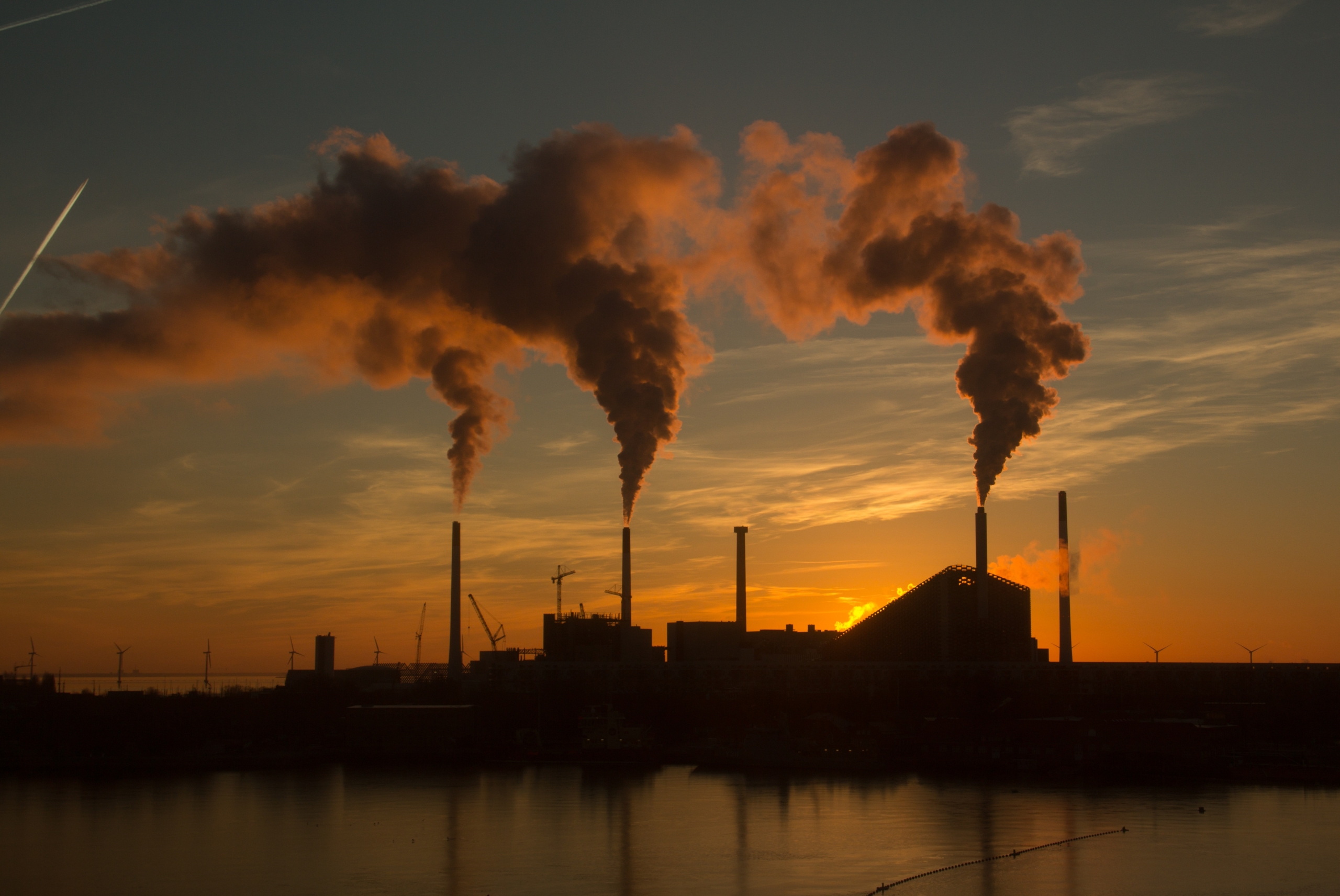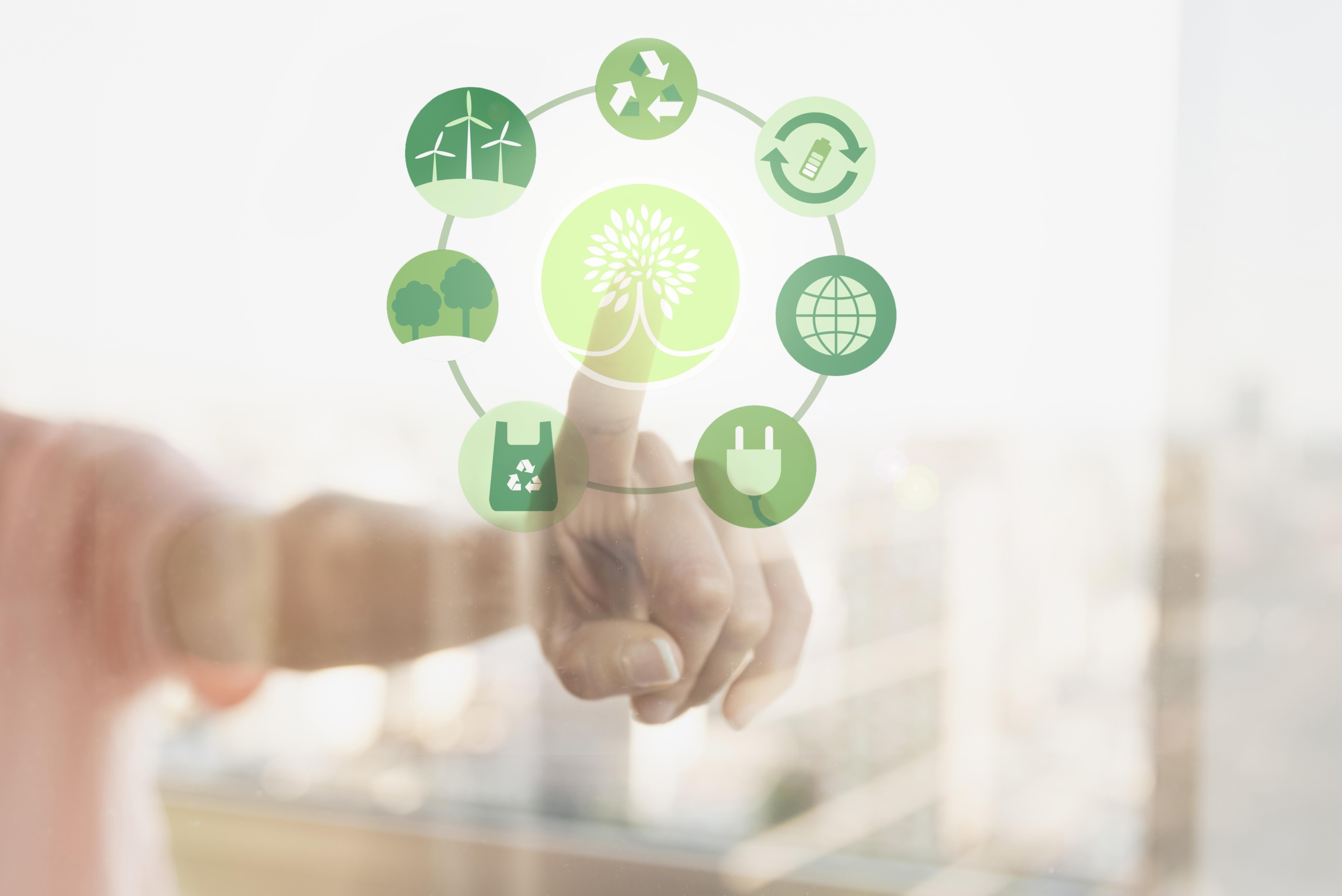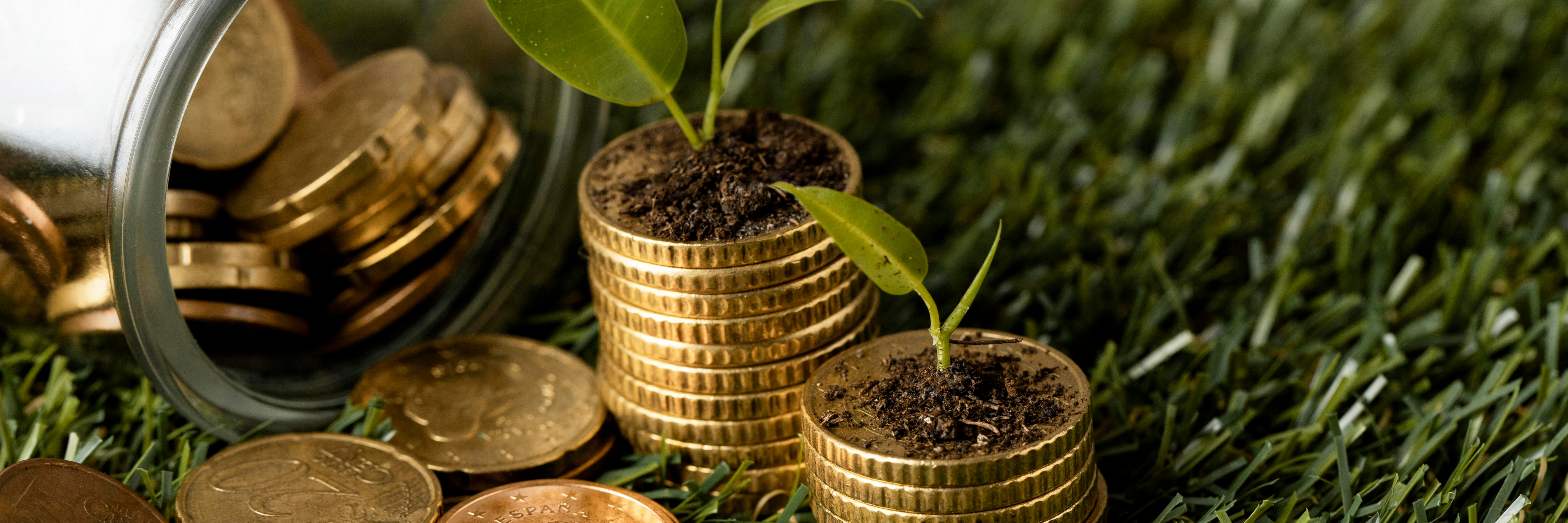
The year 2022 marked a significant turning point for France in terms of climate investments, with spending exceeding €100 billion, according to the latest overview of climate financing published by the Institute for Climate Economics Institute for Climate Economics (I4CE) on 15 December. This 9% increase compared to 2021 reflects the country’s growing commitment to the ecological transition. However, despite this progress, challenges remain, and the future seems to pose crucial questions for the sustainability of this trajectory.
Growth in Climate Investment in 2022
The I4CE annual report highlights the positive impact of government and local authority spending, mainly linked to the stimulus plan, on the growth of climate investments in 2022. However, it also points out that this expenditure has increased moderately since then, raising the question of the sustainability of this trend.
Although the report anticipates a further 8% increase in funding in 2023, there are warning signs of a possible decline in 2024. Rising credit costs and the completion of major wind farm projects have been identified as potential factors contributing to this trend. It is therefore essential to consolidate what has been achieved and explore new strategies to maintain the positive momentum of climate investments.
Future Needs: An Imminent Challenge
Current projections in the draft national low-carbon strategy highlight considerable financial requirements of €58 billion per year from 2024 to 2030. These needs are spread across key sectors such as energy-efficient building renovation, low-carbon vehicles, modal shift infrastructure and renewable energies.
The figures presented by I4CE are closely aligned with the assessments of the Mahfouz and Pisani-Ferry mission, underlining the crucial importance of these investments in achieving France’s ambitious targets for reducing carbon emissions. However, one key question remains: how can these financial resources be mobilised effectively and sustainably?
Fossil fuel investments: a rebound in sight
One notable figure in the report concerns fossil fuel investments, which have fallen by 12% in 2022, to €53 billion. The I4CE forecasts a rebound in these investments from 2023, highlighting the continuing challenges in the transition to more sustainable energy sources.
This calls for in-depth reflection on how to manage this transition ethically and efficiently, while ensuring a fair transition for workers and communities dependent on the fossil fuel industry.


The next National Climate Change Adaptation Plan (Pnacc 3)
Against a backdrop of growing challenges, the French Minister for Ecological Transition, Christophe Béchu, has announced the broad outlines of the next National Plan for Adaptation to Climate Change (Pnacc 3). This plan, based on four major themes, aims to strengthen the protection of citizens, the resilience of the economy, the preservation of natural and cultural environments, and the adaptation of territories.
One of the plan’s key measures is to incorporate the reference warming trajectory for adaptation to climate change (Tracc), set at +4°C, into all the forecasting tools developed by Météo France. This integration will enable local elected representatives to measure in concrete terms the extent of the work needed to strengthen the resilience of their areas.
The challenges of infrastructure resilience
A crucial aspect addressed in the NCCP 3 is the resilience of infrastructures, included in the theme of territorial adaptation. With the challenges posed by climate change, infrastructure resilience is becoming a central issue in ensuring the continuity of services and the safety of populations.
The plan is expected to set out a series of measures aimed at strengthening the resilience of critical infrastructures, whether related to water, energy or transport. This will require strategic investment to modernise existing infrastructure and design new structures capable of meeting the emerging climate challenges.
The Pnacc 3 timetable: a long wait
Although the broad outlines of Pnacc 3 were presented at a conference organised by Le Monde and Météo France in December 2022, the full plan is due to be unveiled in January 2024. This prolonged wait underlines the importance and complexity of the deliberations underway, highlighting the need for a considered and concerted approach to meeting the climate challenges.
The year 2022 was marked by significant progress, but it also underlines the need to maintain and accelerate efforts to achieve France’s ambitious ecological transition targets. Climate investments, although in excess of €100 billion, need to be strategically aligned with future needs to ensure a sustainable and resilient transition.
Pnacc 3 is emerging as a crucial step in this trajectory, offering a clear vision of the priorities and actions to be undertaken. However, it will require ongoing commitment, strategic adjustments and close cooperation between all stakeholders to ensure the success of the ecological transition in France and contribute to the global effort to combat climate change.
It is with this circular economy, in mind that CircularPlace has developed a marketplacewhich allows you to sell your equipment, goods and unsold non-food items between professionals, and puts you in touch with voluntary organisations to recover your products.
You can also opt for a white label solution that will allow your company to circularize your equipment internally and to engage your employees around ecological themes.
Don’t throw away any more, opt for the second hand!
Read also
Questions about CircularPlace?



